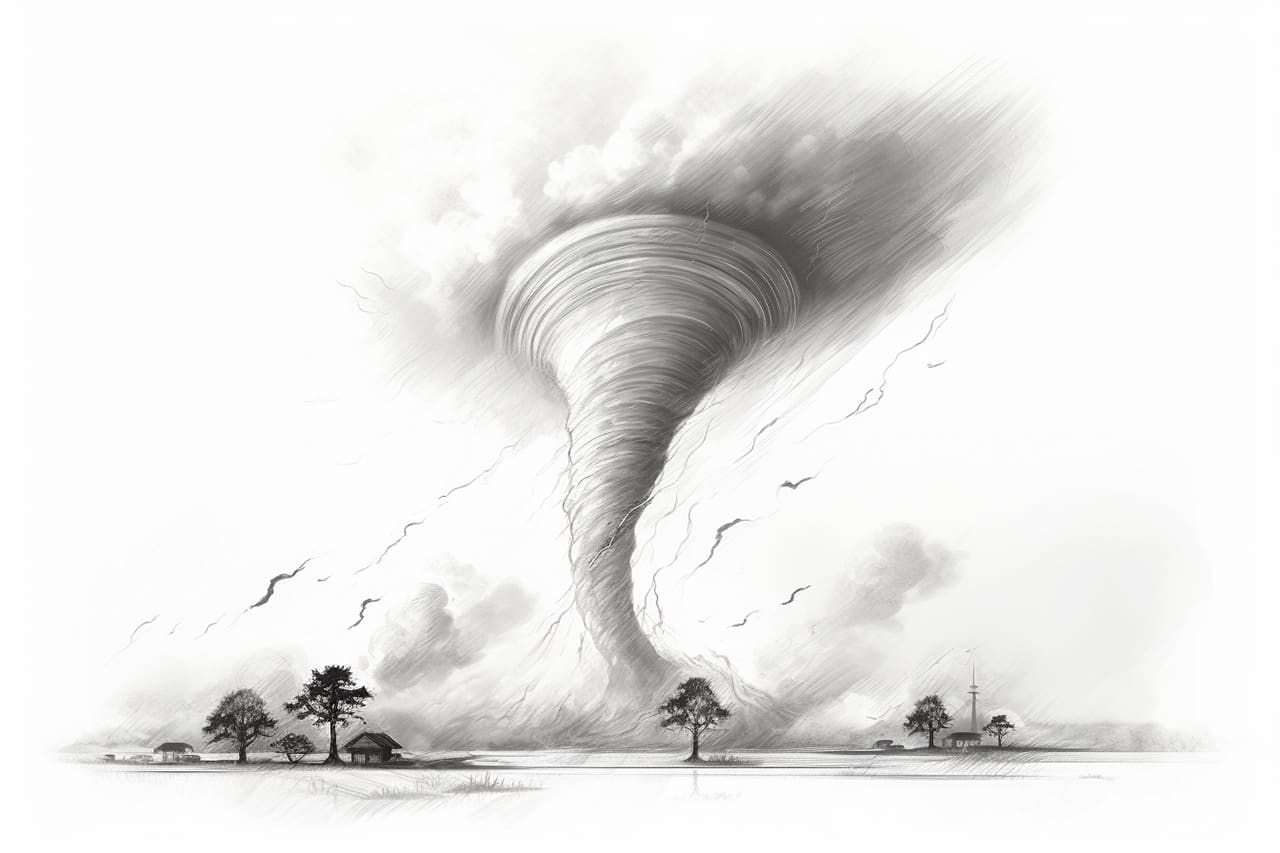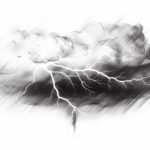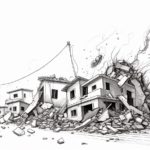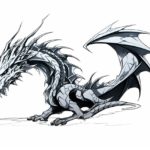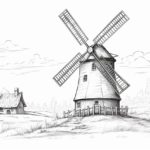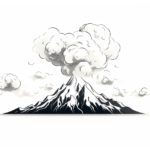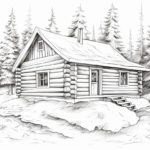Drawing, much like any other form of art, can be a fun and engaging activity to do in your free time. And when it comes to drawing specific elements of nature such as tornadoes, the process can be a bit challenging, but definitely rewarding. In this article, we will guide you on how to draw a tornado step-by-step, turning a daunting task into a straightforward practice. No matter what your skill level may be, you can definitely create a tornado drawing that is both realistic and visually appealing.
Step 1: Start by sketching out a basic shape for the tornado.
This shape should resemble a long, thin triangle, wider at the top and tapering down to a point. But remember, tornadoes are not perfect shapes, they twist, turn and swirl, so your triangle can have curved, irregular sides to give it more of a natural appearance.
Step 2: Adding the Spiral Lines
Next, you will add the spiral lines that go around the tornado. Draw these lines from the top of the tornado to the bottom, following the shape of the tornado. These lines should be curved and uneven, depicting the rotation and unpredictable movement of the tornado.
Step 3: Drawing the Debris
Tornadoes are known to pick up debris as they move, so you will want to draw pieces of debris like small rectangles and irregular blobs randomly scattered around the base of your tornado. This will give it a sense of action, the impression of the tornado moving and causing destruction.
Step 4: Adding Details to the Tornado
Now, it’s time to add some details to your tornado. Add some curved lines inside the tornado to give it some texture. These lines should give the impression of wind swirling inside the tornado. You can also draw some lines coming out of the tornado to show the wind being pulled in.
Step 5: Shading your Tornado
Finally, you’ll want to shade your tornado to give it a 3D effect. The shading should be darker at the bottom and get lighter as it goes up. This will make your tornado look like it’s actually spinning and help to give it depth.
Step 6: Adding the Final Touches
Lastly, add any final touches to your tornado drawing. You can add more debris if you feel like it needs more chaos or adjust any lines that you’re not happy with. Remember, your tornado doesn’t have to be perfect, it’s a naturally occurring phenomenon that is chaotic and unpredictable.
In conclusion, learning how to draw a tornado doesn’t have to be a difficult process. With these six easy steps, you can create a realistic looking tornado on your drawing pad. As you practice, you will be able to add more details and make it look even more realistic. Remember, in art, practice makes perfect, and every drawing is a step towards becoming a better artist.
Fun Facts About Tornadoes
- Tornadoes are also known as twisters or cyclones, and can reach wind speeds of up to 300 miles per hour.
- The United States experiences more tornadoes than any other country, with an average of over 1,000 each year.
- Tornadoes generally form from severe thunderstorms when there is a combination of warm, moist air near the surface and cold, dry air above.
- The Enhanced Fujita Scale, ranging from EF0 to EF5, is used to categorize tornadoes based on the damage they cause.
- Tornado Alley in the central U.S. is a hotspot for tornado activity due to its flat terrain and specific climate conditions.
- The Tri-State Tornado of 1925 is the deadliest in U.S. history, cutting across Missouri, Illinois, and Indiana, causing nearly 700 fatalities.
- Waterspouts are tornado-like formations that occur over water and can sometimes move onto land, becoming tornadoes.
- Tornadoes can occur at any time of year, but they are most common in the spring and early summer months.
- Because of their unpredictable nature, tornadoes can change direction, speed, and intensity rapidly.
- Scientists are continually working on improving tornado prediction methods to better warn and protect communities.
Suggestions for Scenes and Settings for Tornado Drawings
- Rural Farm Tornado: Illustrate a powerful tornado sweeping across a quiet farm landscape, with a barn and windmill in the distance.
- Twister on the Prairie: Create a dramatic scene of a prairie with tall grass bending as a narrow tornado moves through the open field under dark skies.
- Cityscape Cyclone: Draw a bustling city threatened by a menacing tornado, with skyscrapers standing against the swirling vortex.
- Chasing the Storm: Depict storm chasers observing and recording data as they follow a tornado moving across a road, with their vehicle parked nearby.
- Waterspout at Sea: Imagine a waterspout forming above the ocean, with boats tossing on waves and clouds swirling ominously overhead.
- Twister at Dusk: Design a scene capturing a tornado illuminated by lightning against a backdrop of a vibrant sunset sky.
- Aftermath Landscape: Show the aftermath of a tornado with uprooted trees, scattered debris, and emergency responders assessing the scene.
- Miniature Tornado: Picture a tiny tornado in a whimsical setting, perhaps swirling through a dollhouse or garden gnome village.
- Tornado Festival: Create a surreal festive scene where tornadoes are celebrated in art with kite-like sculptures floating in the breeze.
- Historical Tornado: Reimagine a historical event with an illustrated tornado making its mark, perhaps spinning through a medieval town or frontier settlement.

